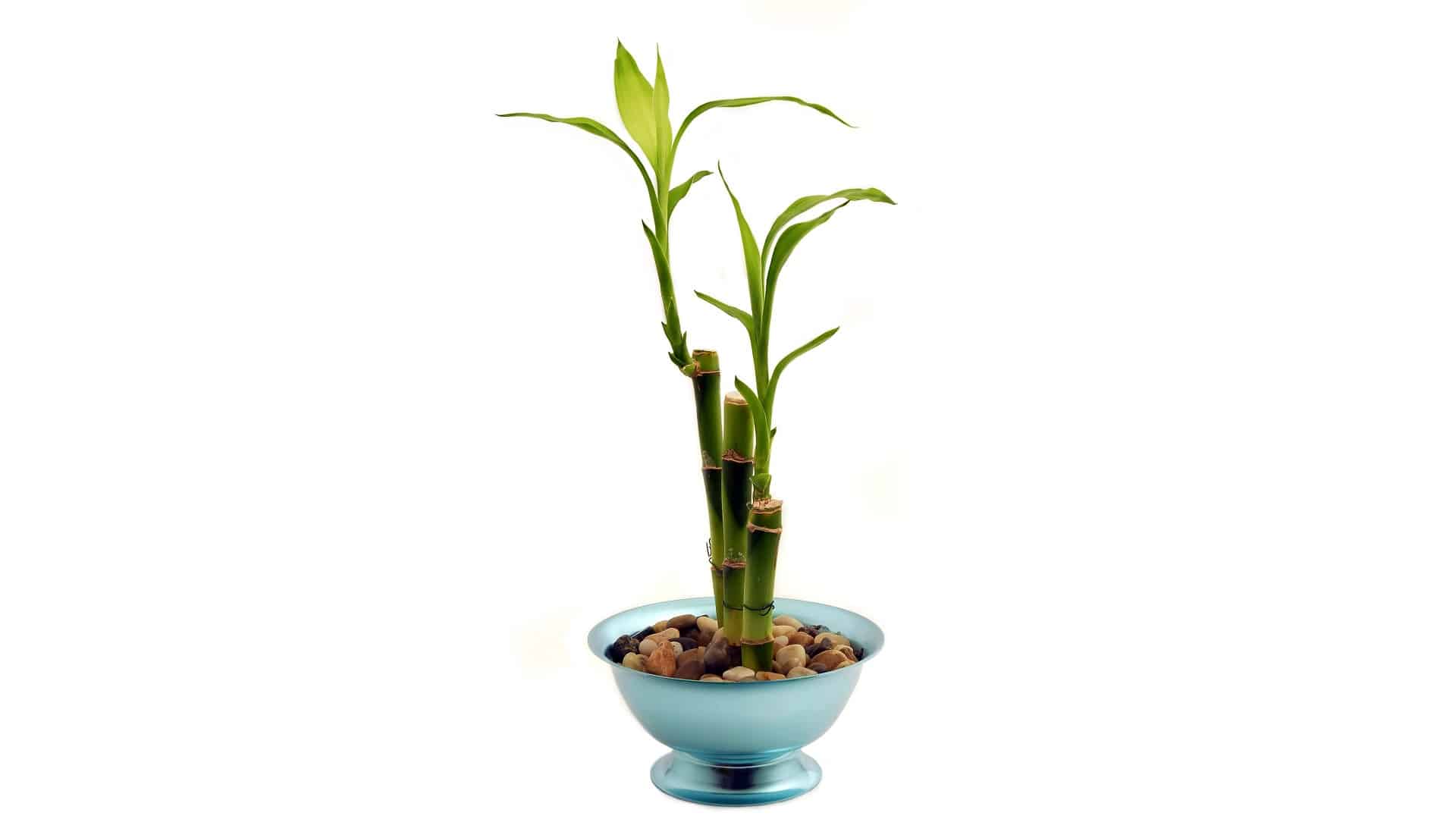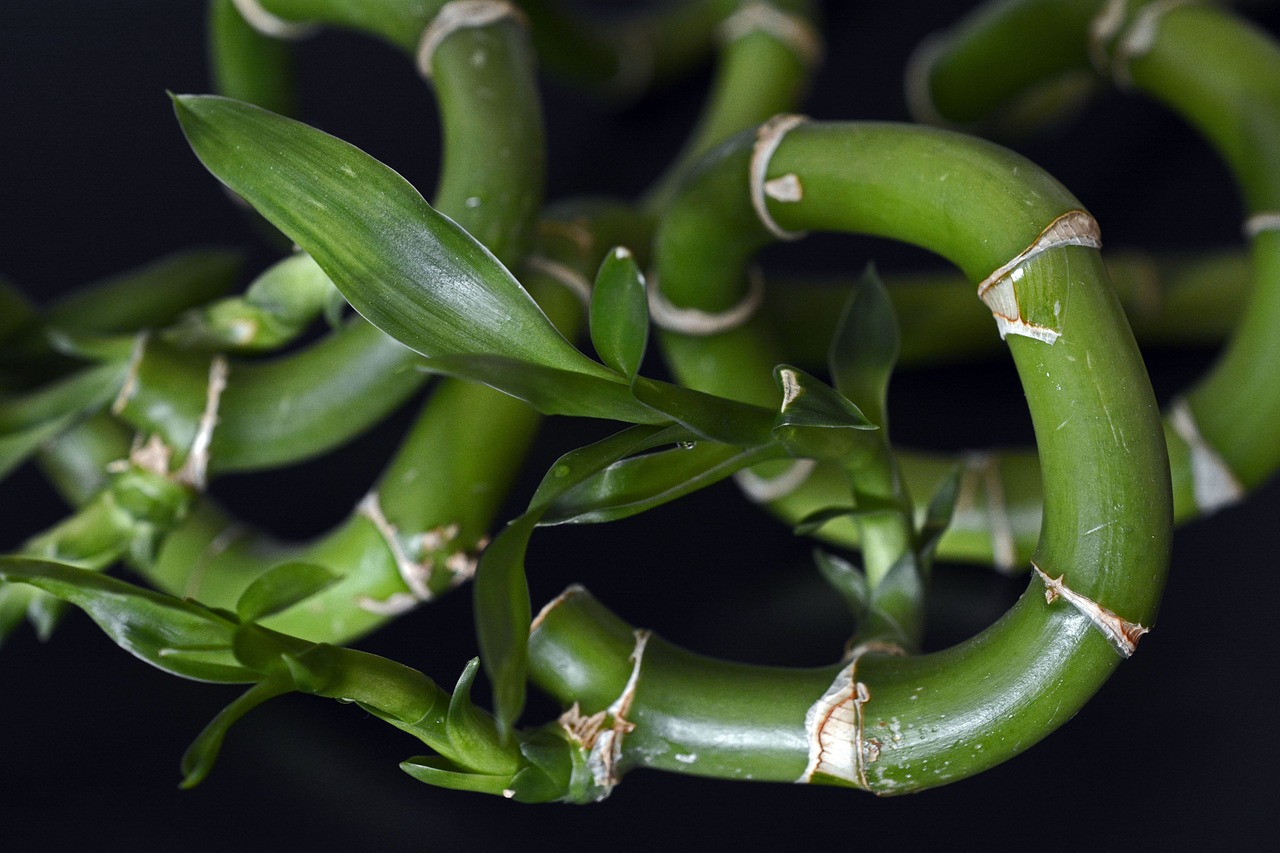If you already have a lucky bamboo plant and want to multiply your good fortune, or if you’re simply interested in how to propagate this delightful plant, you’re in the right place.
Understanding Lucky Bamboo

Before we discuss propagation, let’s briefly touch on what lucky bamboo is. Although it’s commonly referred to as “bamboo,” it’s actually a member of the Dracaena family. Lucky bamboo is typically grown in water or soil, and it thrives in warm, humid environments. It is often associated with Feng Shui practices, symbolizing prosperity, health, and good fortune.
Why Propagate Lucky Bamboo?
Propagating lucky bamboo can lead to an array of benefits:
Cost-Effective: Instead of purchasing new plants, you can create new ones from cuttings of your existing lucky bamboo.
Personalized Arrangements: Propagation allows you to create custom arrangements tailored to your space or aesthetics.
Healthy Growth: Regular propagation can promote healthier plants by encouraging new growth and removing any unhealthy parts of the plant.
The Best Time to Propagate
The ideal time to propagate lucky bamboo is during the growing season, typically in spring or early summer. This is when the plant is most active and can recover quickly from the cutting process. However, you can propagate lucky bamboo year-round as long as the environmental conditions are favorable.
How to Propagate Lucky Bamboo
Now, let’s discuss the step-by-step process for propagating lucky bamboo.
Materials Needed
A healthy lucky bamboo plant
Sharp cutting tool (scissors or shears)
Clear glass or container (if propagating in water)
Fresh, clean water
Optional: potting soil (if propagating in soil)
Steps for Propagation
Select the Right Stalk: Look for a healthy stem of your lucky bamboo. Choose a stalk that is at least 6 inches long and has multiple nodes (the bumps or rings along the stalk).
Make the Cut: Using your sharp cutting tool, cut the stalk just above a node. This is where roots will eventually sprout. Aim for a straight cut to promote better healing and water absorption.
Prepare for Water Propagation:
In Water: Place the cut end of the stalk into a clean glass filled with water, ensuring that at least one node is submerged. Change the water every couple of weeks to prevent stagnation and algae growth.
In Soil: If you prefer soil propagation, place the cut end into a pot filled with potting soil, making sure to water it lightly. Keep the soil moist but not soggy.
Provide Proper Care: Regardless of your chosen method, place the cuttings in a location with indirect sunlight. Too much direct light can cause stress to the newly cut stalk.
Watch for Roots: If propagating in water, you should start to see roots developing within a few weeks. For soil propagation, be patient, as roots may take a bit longer to establish. It’s typically a good sign when you see new green growth appearing near the top of the stalk.
Transplant (if necessary): If you propagated in water, and the roots are about 2-3 inches long, consider transplanting the new lucky bamboo into potting soil for long-term growth. Make a small hole in the soil, gently place the new plant into it, and cover the roots carefully.
Aftercare for Your New Plant
After you successfully propagate your lucky bamboo, take care of it to ensure healthy growth:
Watering: Maintain consistent moisture. If it’s in water, change it every two weeks. If in soil, water when the top inch feels dry.
Lighting: Keep your plants in a spot with bright, indirect sunlight. Avoid harsh direct sun, which can scorch the leaves.
Fertilizing: If you want to boost growth, consider feeding your lucky bamboo with a diluted liquid fertilizer every couple of months during the growing season.
Troubleshooting Common Issues
Yellow Stalks: If the stalks are turning yellow, this may indicate overwatering or insufficient light. Adjust your care routine accordingly.
Drooping Leaves: This could be a sign that the plant needs more water or that it’s getting too much direct sunlight.
Conclusion
Propagating lucky bamboo can be a gratifying project that enhances your home’s aesthetics and spirit. With a little care and patience, you can cultivate your own lucky bamboo cuttings and enjoy the beauty they bring.





